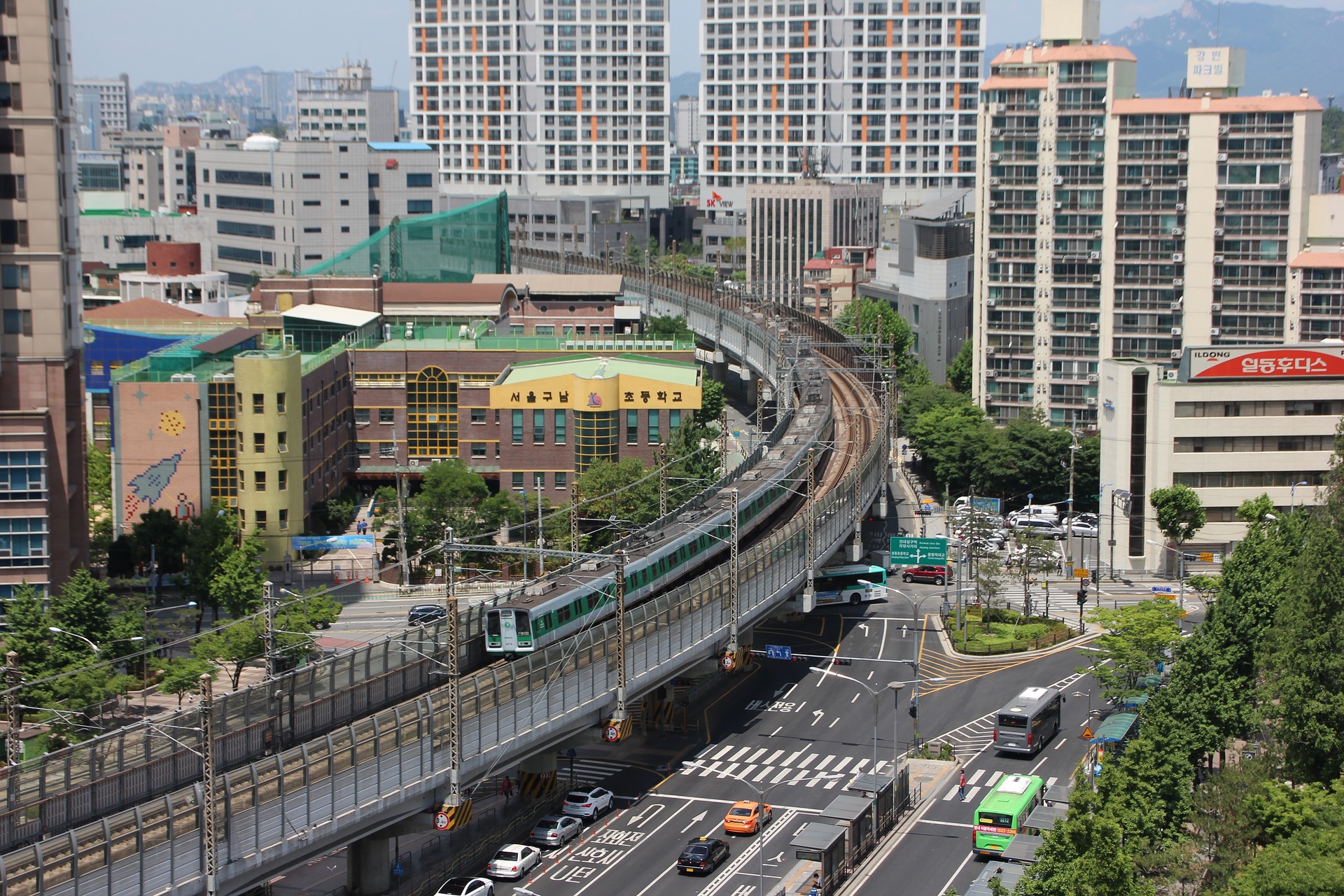961 results found
Featured results



More results
The Global Infrastructure Hub, a G20 initiative, has today published two reports that reveal an urgent need for infrastructure investment in 10 Compact with Africa[1] countries, and highlight the reforms required to encourage greater investment.
The municipality of Porto Alegre, the capital and largest city in the southern Brazilian state of Rio Grande do Sul, was planning to build a new transit artery connecting 20 neighborhoods across the city, including dedicated lanes for the Bus Rapid Transit (BRT) service
This report outlines benchmarking techniques, in order to improve the effectiveness of monitoring and evaluation in policy design

V2V technologies are Cooperative Intelligent Transport Systems (C-ITS) that enable communication between vehicles to avoid accidents and and enable the optimisation of traffic flow.
Augmented Reality (AR) and Virtual Reality (VR) can be integrated in all stages of infrastructure planning and design to transport users into virtual environments that reveal what designs could look like when constructed and how they would impact upon the existing environment.
PFRAM is a tool that assesses potential fiscal costs and risks arising from PPP projects.
This Checklist for PPPs has been prepared from the point of view of public policy makers and decision-makers in countries at various levels of development and capacities for the purpose of a high level assessment of a PPP project.

The Global Infrastructure Hub is negotiating new, long-term partner hosting of its activities to deliver enduring impact.
A water height and flood management system enables local authorities to predict flooding and avoid building infrastructure in high risk areas.
This report aims to inform water system managers on the importance of andmeasures to build the resilience of water service provision to natural hazards and climate riskswhile ensuring that water systems can safeguard service provision by reducing their exposure tothe risks associated with natural hazards.

The first volume of the Water Sector Governance in Africa series looks at the enabling environment supporting a sustainable water sector.

This document provides a set of guidelines and templates for the assessment of governance in the water sector.

This report provides innovative approaches to better understand infrastructure sector performance by focusing on the links between key indicators for private and public utilities, and changes in ownership, regulatory agency governance, and corporate governance, among other dimensions.


This book proposes a synthesis of several of the works carried out for the research program, as well as a comparison with other works treating a similar problem.


This report presents the water and climate adaptation plan (WATCAP) developed for the Sava river basin (SRB), the report covers climate impacts in the Sava river basin, an economic evaluation of the SRB and Hydrologic Modeling of SRB.

This framework for action was developed to support the inclusion of nutritional considerations in the design of water operations and to help formulate nutrition-enhancing water policy.

In 2008, The EIB s Water Sector Lending Policy set out how the Bank supports EU policy objectives in the water sector.




 Global Infrastructure Outlook
Global Infrastructure Outlook









